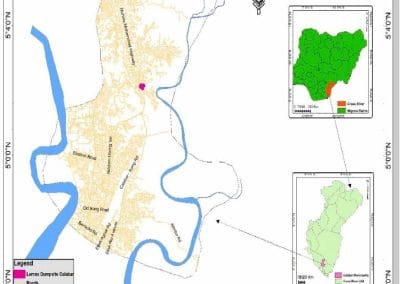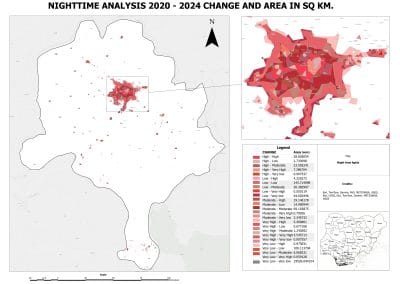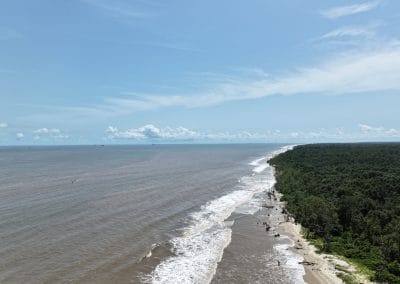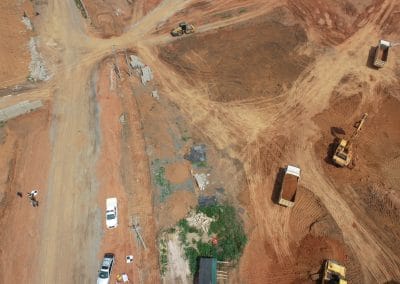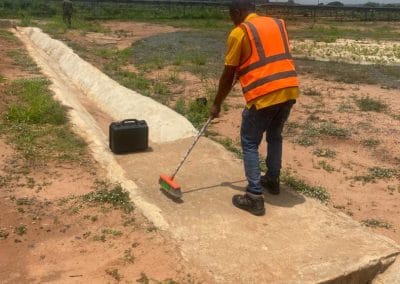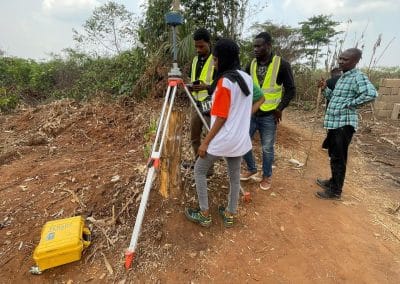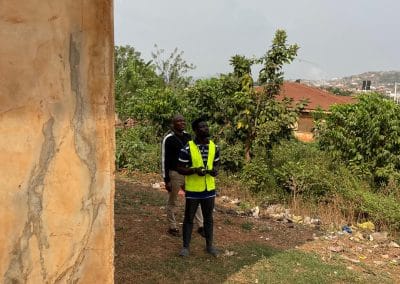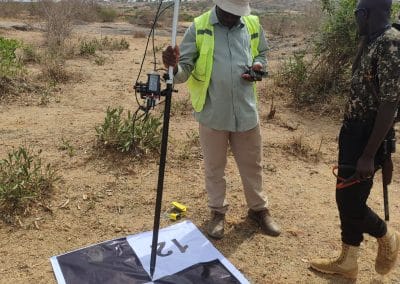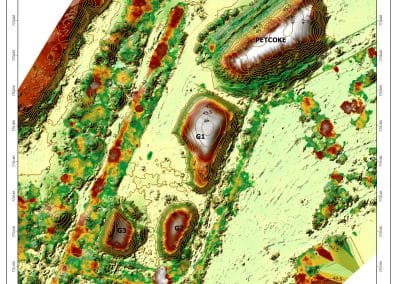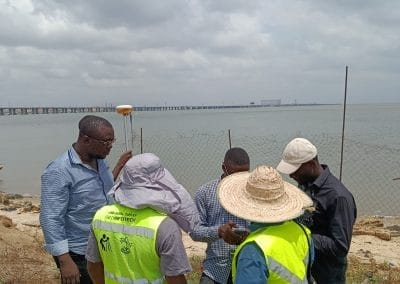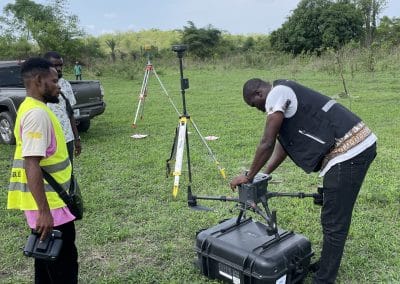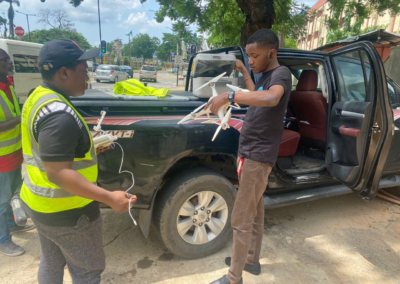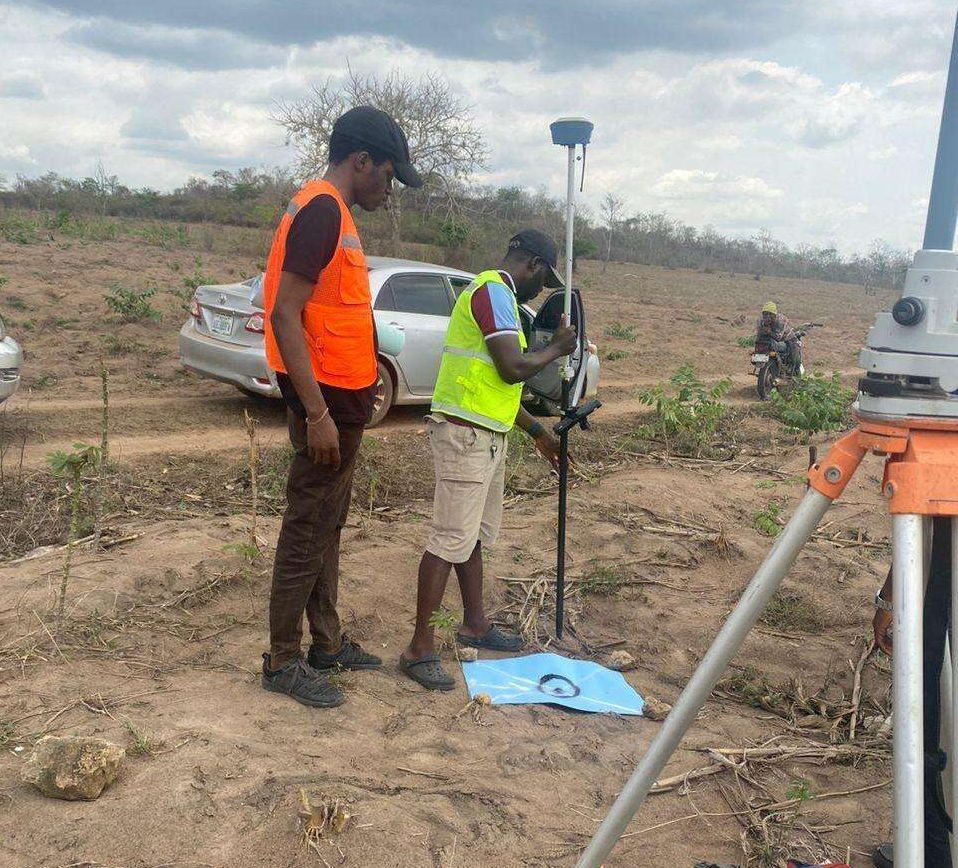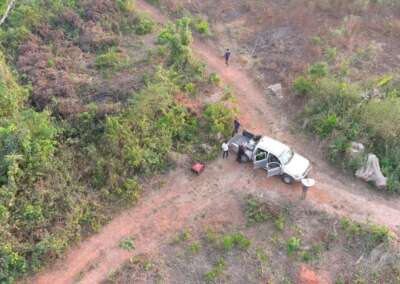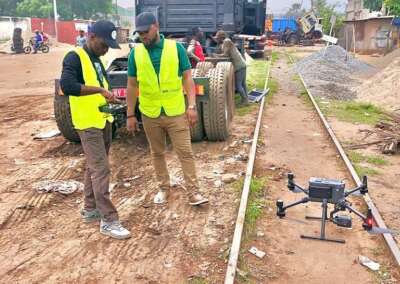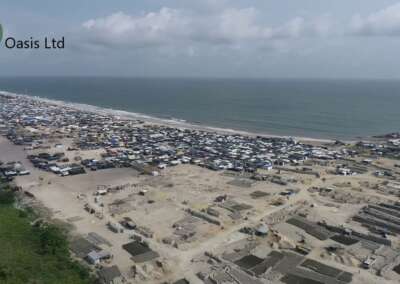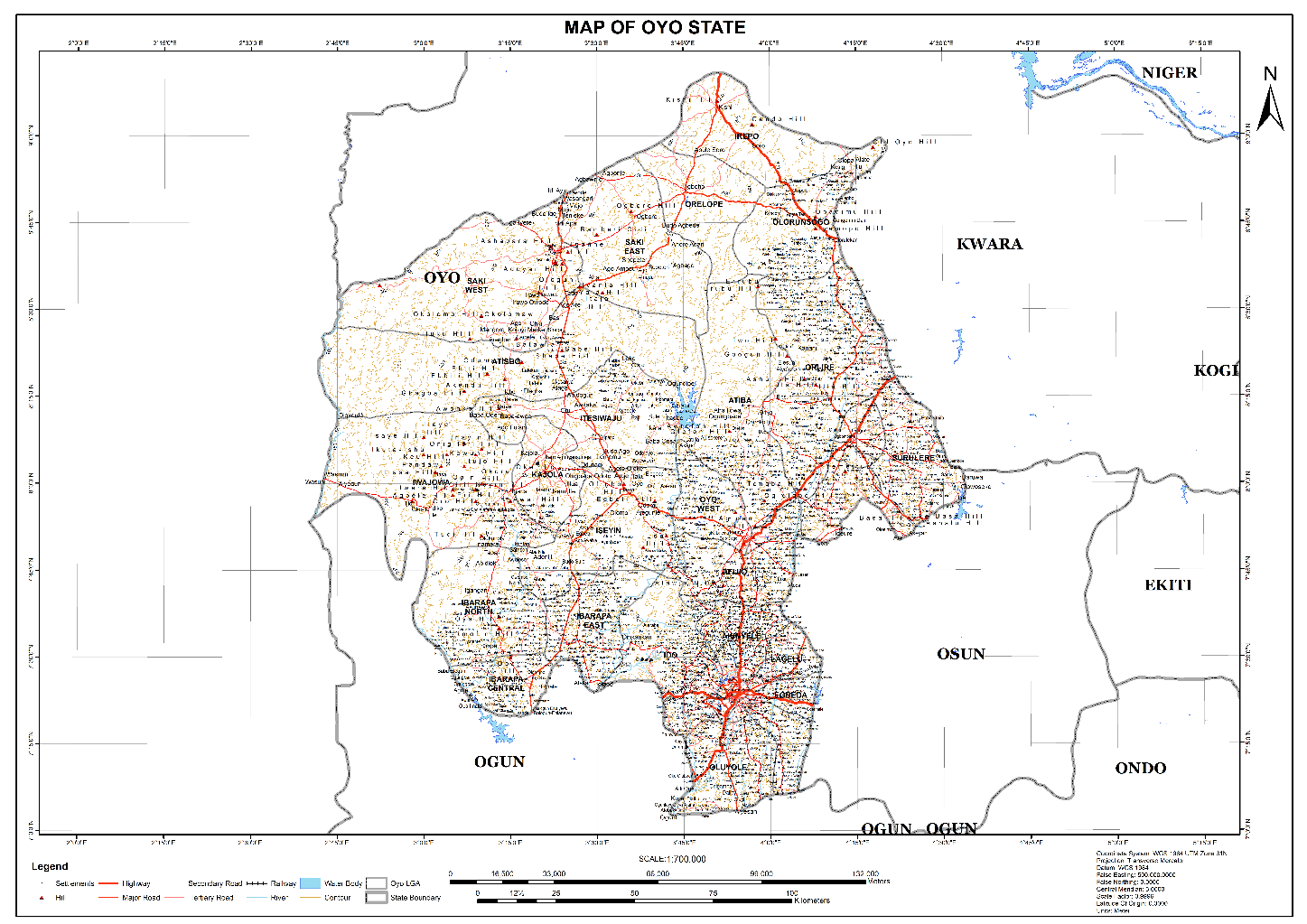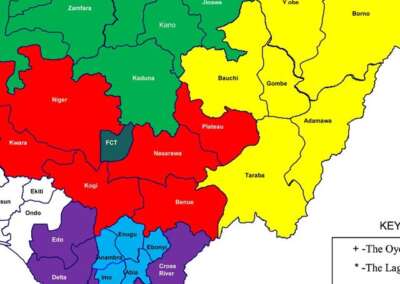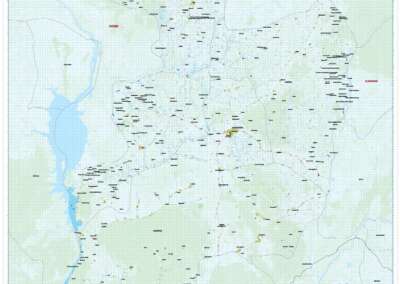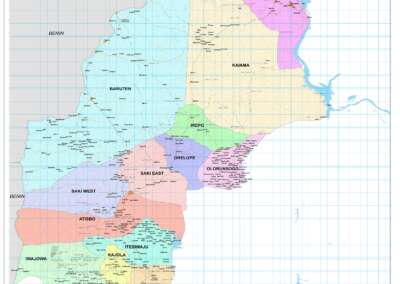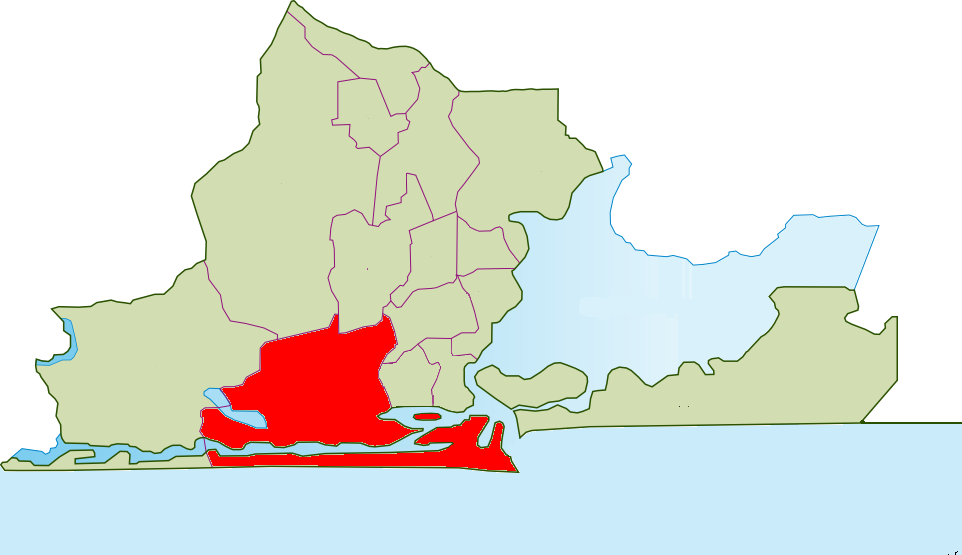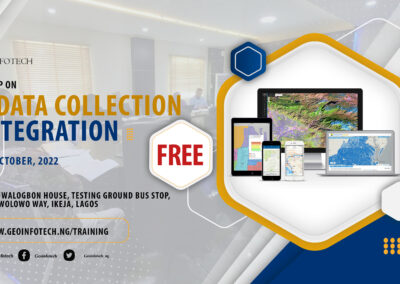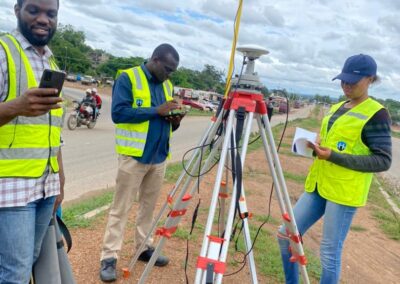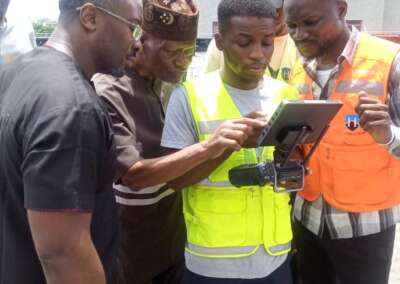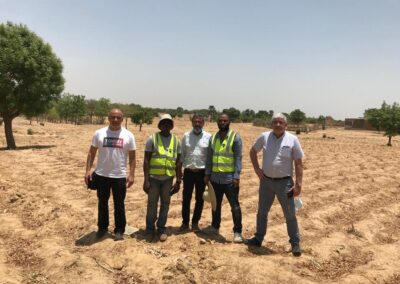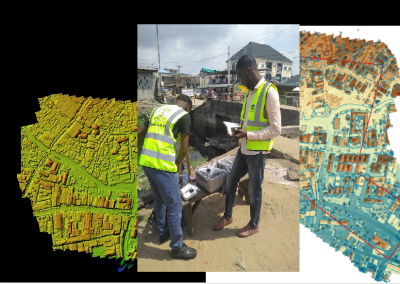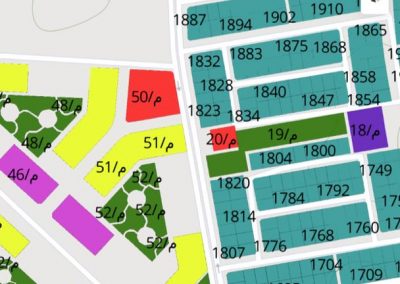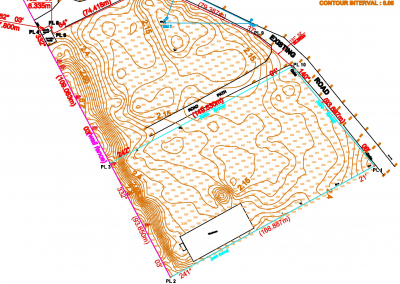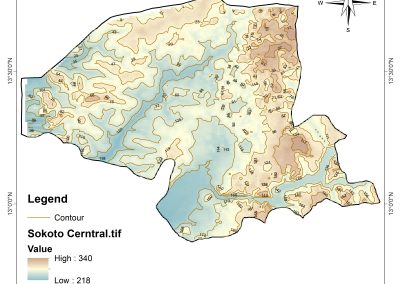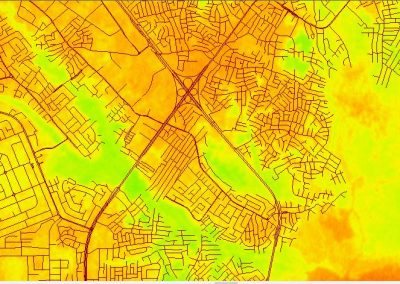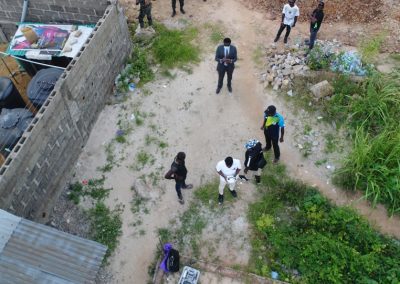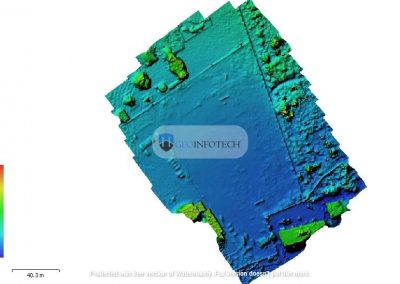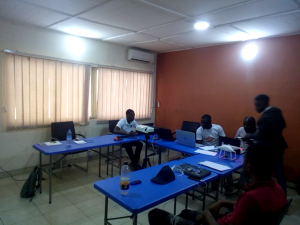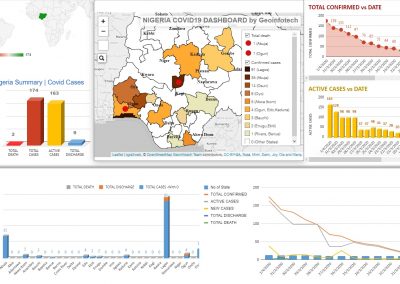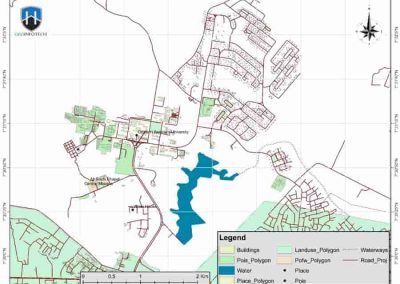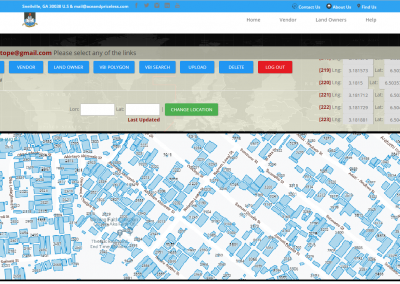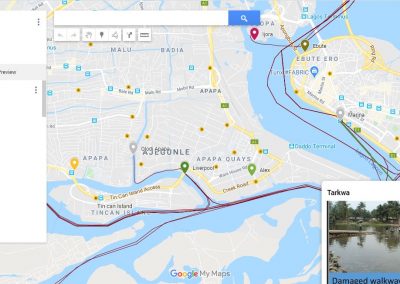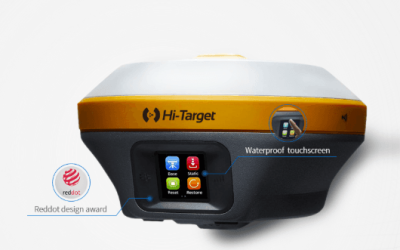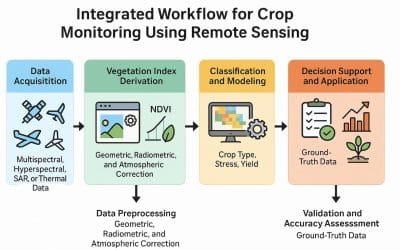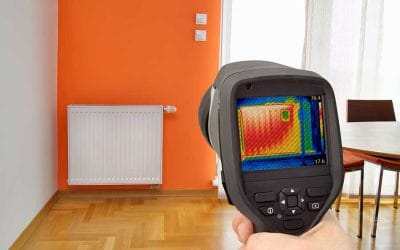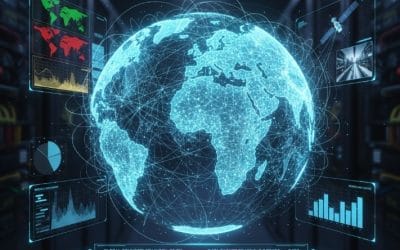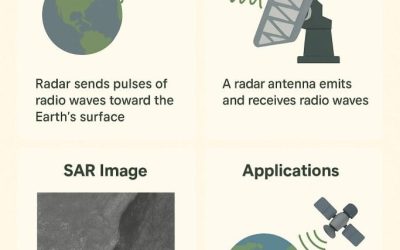In an era where natural and man-made disasters are becoming more common and intense, it’s more important than ever to have effective disaster management and emergency response strategies. Traditional methods, though useful, often lack the speed, accessibility, and accuracy needed in these situations. This is where remote sensing and drones come in—two advanced technologies that are changing how we predict, monitor, and respond to disasters.
The Role of Remote Sensing in Disaster Management
Remote sensing involves the use of satellite or aerial sensors to collect data about the Earth’s surface without physical contact. This technology has been a game-changer in disaster management, offering a bird’s-eye view of large areas in real-time. Here’s how remote sensing is making a difference and can make a difference in Nigeria:
1. Early Warning Systems: Remote sensing is instrumental in monitoring environmental conditions and detecting potential disaster triggers, such as abnormal weather patterns, flooding, or rising water levels. By analyzing this data, scientists can issue early warnings, giving communities more time to prepare and evacuate if necessary.
2. Damage Assessment: After a disaster strikes, the priority is to assess the extent of the damage quickly and accurately. Remote sensing provides high-resolution images that can be compared with pre-disaster data to identify affected areas, evaluate the severity of the damage, and plan immediate response efforts.
3. Environmental Monitoring: Disasters can cause lasting damage to the environment, like water pollution, deforestation, or changes in land use. Remote sensing allows for ongoing monitoring of these effects, helping authorities take timely action to prevent further harm and damage.
Drones: The New Frontier in Emergency Response
While remote sensing provides a macro-level view of disasters, drones offer a closer, more detailed perspective. These unmanned aerial vehicles (UAVs) have become indispensable tools in disaster management due to their versatility, speed, and ability to access hard-to-reach areas.
1. Rapid Deployment and Real-Time Data: Drones can be deployed almost instantly, providing real-time data that is crucial during the early stages of a disaster. Whether it’s capturing images of a flooded area, or mapping out a landslide, drones offer an unparalleled ability to assess situations quickly and accurately.
2. Search and Rescue Operations: One of the most significant advantages of drones is their ability to assist in search and rescue missions. Equipped with thermal imaging cameras, drones can detect body heat and locate survivors trapped under debris or stranded in remote locations. They can also deliver essential supplies like food, water, and medical kits to those in need until rescue teams arrive.
3. Mapping and Terrain Analysis: Drones are highly effective in creating detailed maps of disaster-affected areas. These maps are crucial for planning relief efforts, identifying safe routes, and understanding changes in the terrain. Drones can also capture 3D models of affected areas, providing valuable insights for reconstruction efforts.
Advantages of Integrating Remote Sensing and Drones
The combination of remote sensing and drones offers several advantages that are transforming disaster management and emergency response:
● Speed and Efficiency: Both technologies provide rapid data collection over large areas, enabling faster decision-making in critical situations.
● Cost-Effectiveness: Drones, in particular, offer a low-cost alternative to manned aircraft, reducing the overall expense of disaster response operations.
● Safety: Drones can operate in hazardous environments without risking human lives, making them ideal for use in dangerous situations like wildfires, chemical spills, or unstable structures.
● Accessibility: Drones can reach areas that are otherwise inaccessible due to damage, debris, or hazardous conditions, ensuring that no area is left unassessed.
Challenges and Considerations
Despite their numerous advantages, the use of remote sensing and drones in disaster management is not without challenges. Data integration from multiple sources can be complex, requiring sophisticated software and expertise. Additionally, the deployment of drones is subject to regulatory constraints, which can vary by region and potentially limit their use in certain areas.
The Future of Disaster Management
As technology continues to advance, the role of remote sensing and drones in disaster management will only grow. Innovations in artificial intelligence (AI) and machine learning are expected to further enhance the capabilities of these technologies, enabling even more accurate predictions, faster response times, and more effective recovery efforts.
In conclusion, remote sensing and drones are revolutionizing the field of disaster management and emergency response. By providing accurate, timely, and actionable data, these technologies are helping to save lives, reduce the impact of disasters, and build more resilient communities. As we continue to face the challenges of an increasingly unpredictable world, the integration of these technologies into disaster management strategies will be essential in ensuring a safer and more secure future for all.





